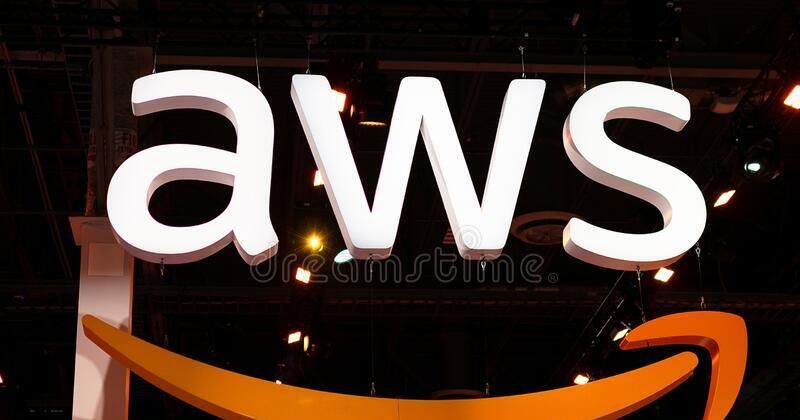The serverless architecture strategy using the AWS lambda function service. This architecture is ideal for "Micro-Services" software development techniques.
What Is Serverless Architecture?
The term "serverless architecture" refers to a cloud computing model where developers can create and run applications without managing the infrastructure.
The serverless model is distinguished by its simplicity. The developer only needs to supply his code. The cloud service provider handles everything else.
The "serverless" model disregards the IT infrastructure. The technical teams are no longer constrained by infrastructure constraints and can focus on product development.
The developer is in charge of developing his function(s). The remainder is up to the cloud service provider. There are rules to follow to host an application in a serverless architecture.
We'll sneak peek into how to think about your serverless code and how AWS makes it possible to implement it with its AWS Lambda service.
Working On Your Serverless Code
The first principle of a serverless function is designed to perform a single and distinct task.
Therefore, a function can only have an entry point and a response.
As a result, you will need to divide your application into functions. The term "serverless" is frequently used to refer to the "Function as a Service" (FaaS) methodology. You can associate a type of event with each function. For example, if the function is requested via HTTP. The request causes the code and thus the function to be executed.
One should note that the triggering events can be varied, such as adding a file to a storage space or creating a new entry in a database.
You can run an entire application with multiple layers, models, and services in a single lambda!
Remember that a function can only have one entry point and one response type.
Lambda Functions to Implement a Serverless Architecture
Lambda runs your application code on a high-availability compute infrastructure and manages all compute resources, including server and operating system maintenance, capacity sizing and scaling, automatic code and security patch deployment, and code monitoring and logging.
The number of servers, their power, scaling, maintenance, monitoring, and updating is no longer the responsibility of technical teams.
Lambda
A lambda function is a feature of Amazon Web Services that provides a serverless calculation service.
The lambda service is becoming increasingly crucial in AWS services, as evidenced by the number of events to which Lambda can subscribe as we can see below:
HTTP API Gateway
AWS provides its API Gateway. This tool allows you to create an AWS infrastructure entry point and manage HTTP routing, SSL termination, request authentication, and even input and output data conversions.
You will be able to execute your lambda code during an HTTP GET, POST, or PUT call...
The Automated Task With Cloudwatch
You can trigger your Lambda based on a job or cron in the period you specify. Send a newsletter to your users, for example, at the start of each month.
Work with SQS
When you are connected to an SQS queue, you will be able to consume messages from the queue to launch asynchronous tasks.
Lambda Function Scaling
Lambda creates an instance to handle the event when your function is called. When the function code has completed its execution, it is ready to handle another request.
If the function is called again while a request is still being processed, another instance is allocated, which increases the function's concurrency.
Concurrency is limited by a regional limit that applies to all functions in a region. You can use Reserved Concurrency to ensure that a function can consistently achieve a certain concurrency level.



Top comments (0)